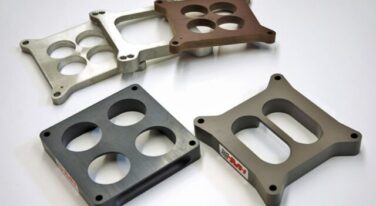
Spaced Out: Do Carburetor Spacers Really Work?”
The common consensus out there is that a carburetor spacer is a simple engine-tuning device, useable for only a select few applications, but do they work?

The common consensus out there is that a carburetor spacer is a simple engine-tuning device, useable for only a select few applications, but do they work?
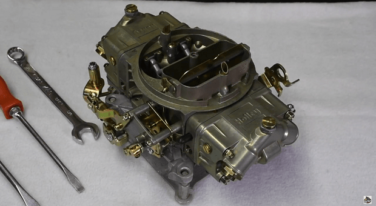
In this video, RacingJunk contributor Wayne Scraba walks you through setting and fine-tuning the floats on a common Holley carburetor.
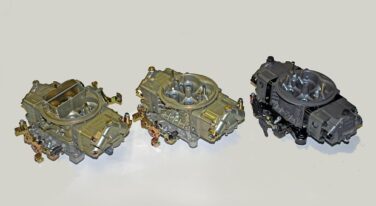
To conclude this series, we’ll remove the bowls and metering blocks from these carbs and look inside.
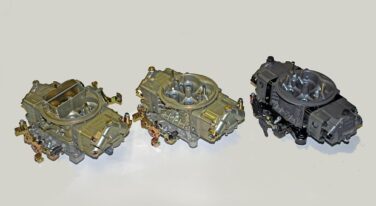
This time, we’ll examine throttle shafts, baseplates and a not-so-little thing called a “by-pass valve” found on the XP series carbs.
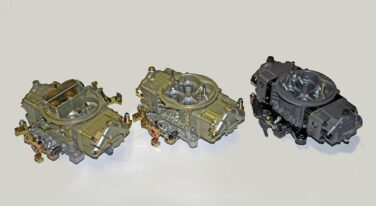
This time around, we’ll dig into the float bowls, accelerator pumps and more.
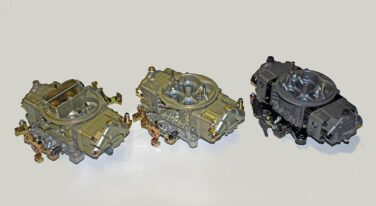
What we’ll look at here are the differences in the big Holley 4150 carburetors – all with 1.750-inch diameter throttle bores.

You probably thought that in order to get the benefits of electronic fuel injection, you’d have to pull the intake and spend big bucks. Not true.

We all know we can’t control the weather. Mother Nature does that. However, you can offset the effects of weather with a series of simple changes, tuning and otherwise.

Do the effects of Mother Nature really matter when it comes to tuning your carb-equipped car?
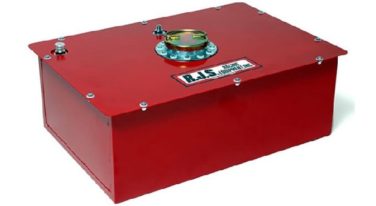
Until fairly recently, finding a competition-qualified fuel cell with a fuel pump in it, let alone one that would supply high horsepower requirements, took some doing.